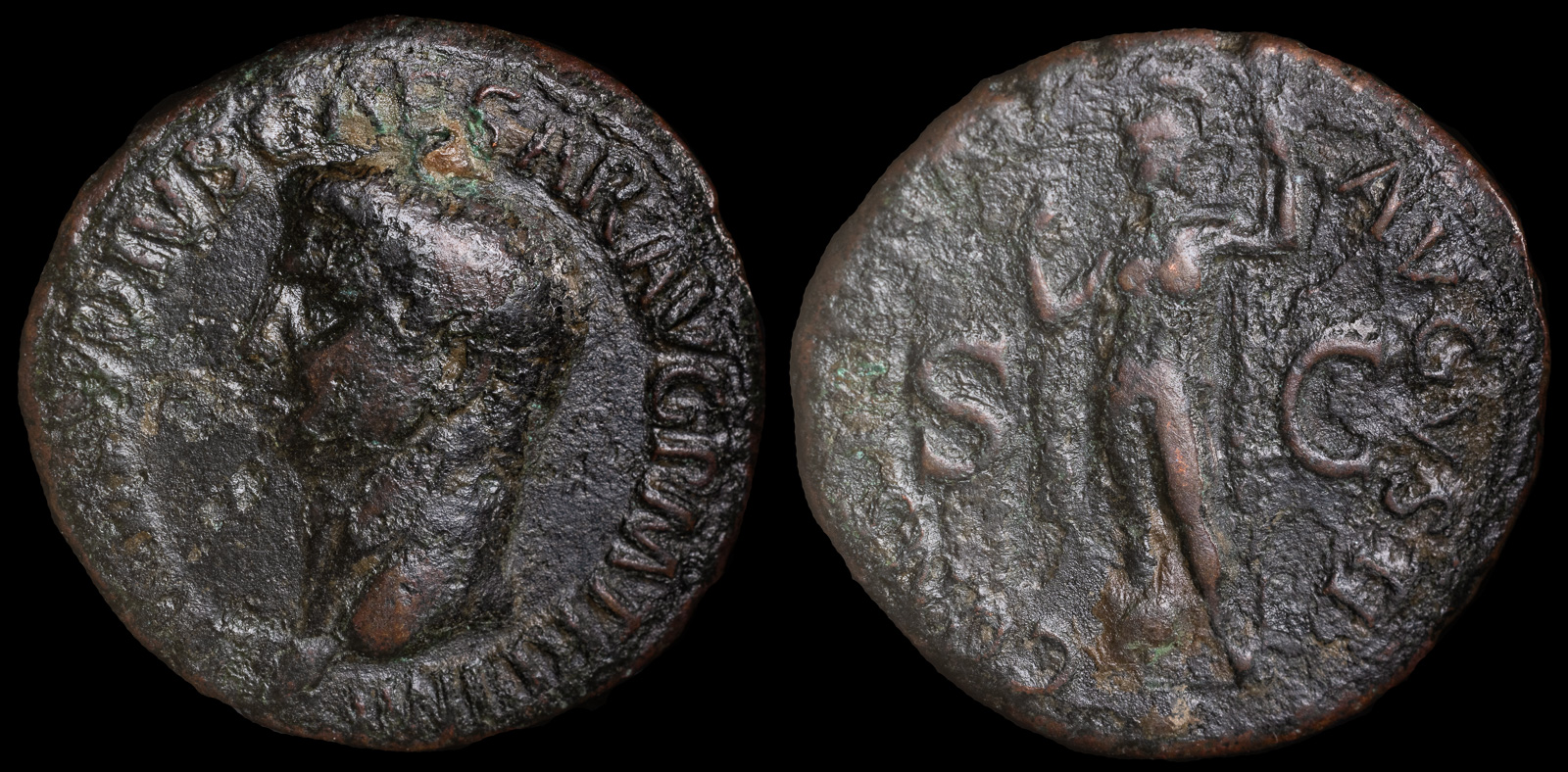Constantia
View All Tags
In Roman political and military life, Constantia represented the ability to endure difficulties and remain committed to the greater good. This virtue was particularly important for leaders and soldiers, who were expected to demonstrate fortitude during times of war and crisis. It underscored the Roman ideal of maintaining stability and continuity in governance, even during turbulent periods. The concept of Constantia was frequently invoked in speeches, literature, and political propaganda, reflecting its deep cultural resonance as a trait of exemplary leaders and citizens.
Constantia also played a symbolic role in Roman art and coinage. She was often depicted as a serene and composed figure, holding symbols such as a scepter or a globe, representing authority and the stability of the empire. On coinage, Constantia’s image frequently accompanied the inscription “CONSTANTIA,” serving as a reminder of the emperor’s steadfastness and the enduring strength of the Roman state. These coins were often issued during times of upheaval, such as transitions of power or military campaigns, to reassure the populace of the empire’s resilience and the ruler’s reliability.
Beyond the political and military domains, Constantia was associated with personal virtue and moral integrity. Philosophers and writers of the Roman period, such as Cicero and Seneca, praised Constantia as a critical quality for navigating life’s hardships. It was seen as a foundation for other virtues, enabling individuals to remain true to their ethical principles and duties, regardless of external pressures.

Claudius
Rome 42-43 CE
As Æ 29mm, 9,24g
TI CLAVDIVS CAESAR AVG P M TR P IMP P P Bare head of Claudius to left.
Rev. CONSTANTIAE AVGVSTI / S – C Constantia, helmeted and in military dress, standing front, head to left, raising her right hand and holding scepter in her left.
BMC 199. CBN 226. Cohen 14. RIC 111